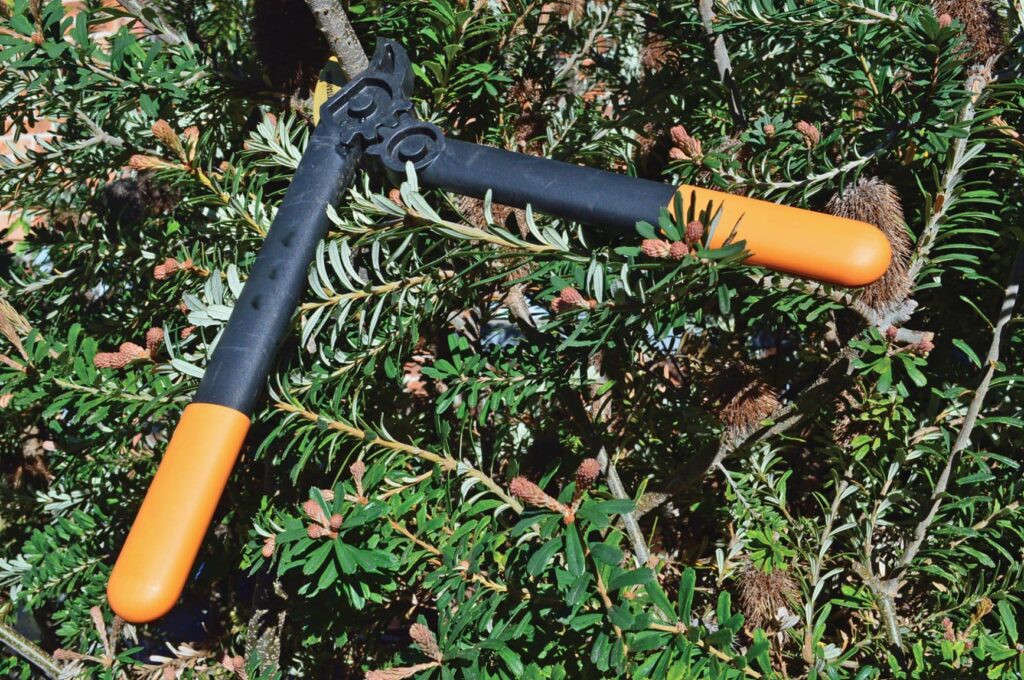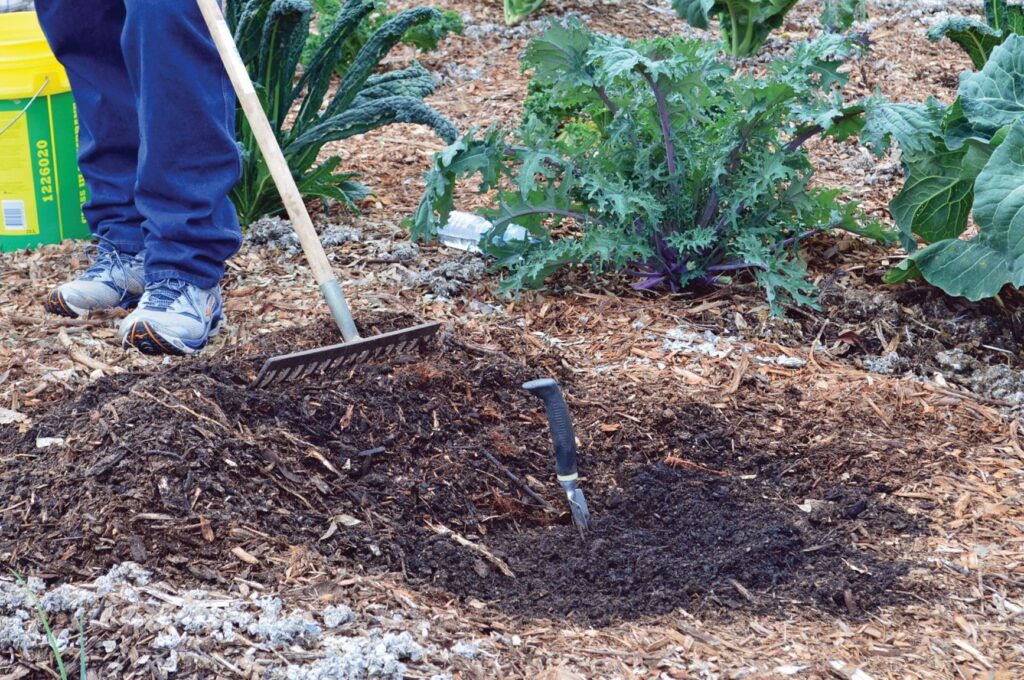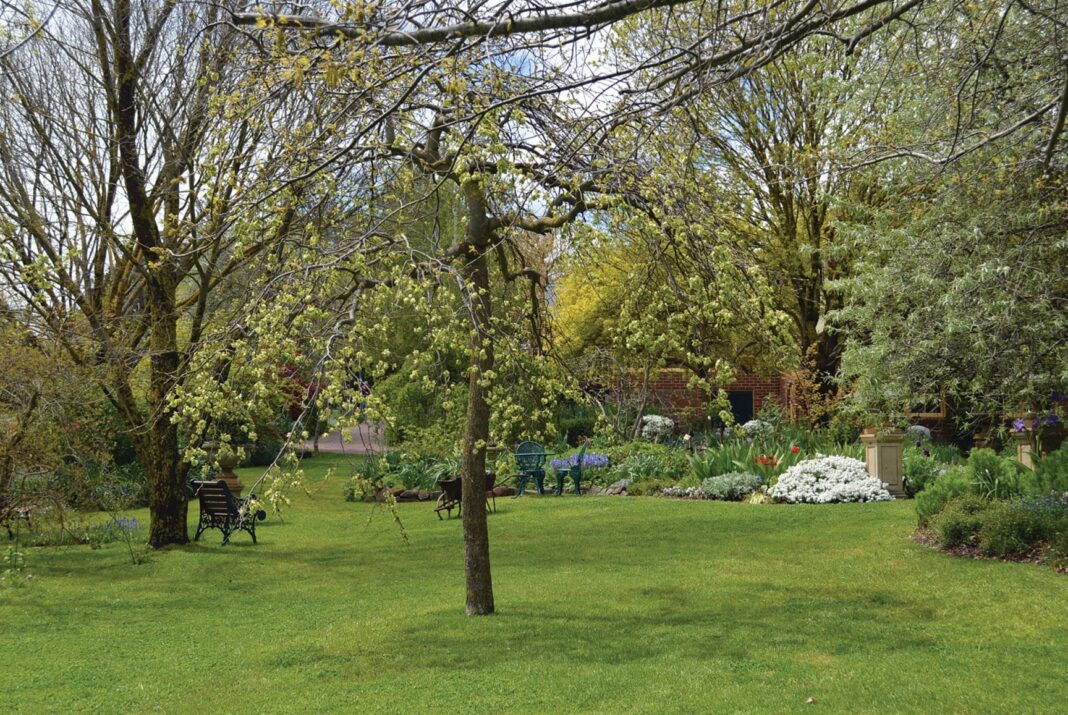With recent winter rains and favourable weather, this spring is leaping into action, and along with it, us garden folk! Spring is one of the most motivating and busy times in the garden – with soil to dig, plants to nurture, so many green thumbed things to see and do. Here’s a few to get you started:
Carry out maintenance pruning. This includes:
- The three ‘Ds’ – removing any dead, diseased or dying wood.
- Remove any crossing or congested branches to prevent rubbing and improve air circulation, flowering, and fruiting.
- Tip prune flowering shrubs after flowering has finished, to encourage bushy growth and maintain shape. While you’re at it, give screening and hedging plants an all-over haircut.

Planting out new plants – spring is one of the main growing seasons in our climate, due to the favourable weather and warmer soils. When planting out potted plants, carry out the following:
- Acclimatise new purchases if they have soft new growth to prevent added stress and damaging growing tips. You are essentially getting them ready for local growing conditions.
- Plant when there are several days of pleasant weather forecast; mild temperatures with low or no wind is the ideal.
- Water both the plant and the planting site the day before.
- Dig a hole slightly deeper and at least twice as wide as the root ball of the plant. Rough up hole edges. If planting into unimproved soil, incorporate approximately one-third organic matter with the existing soil. This is important as simply backfilling with the organic matter by itself could burn plant roots and cause waterlogging. If your soil is a heavy clay, you may want to incorporate gypsum at this point to help improve structure and drainage.
- Remove your plant from its pot by squeezing the pot edges and tapping the top. Gently tease out any congested roots. If significantly pot bound, shear off edges with a hand saw or old serrated bread knife.
- Place your plant in the planting hole and backfill with the mixed soil. The planting level needs to be the same as when the plant was in the pot – if you make it higher you will expose surface roots but lower will potentially rot the stem. Gently tamp down the soil to remove large air pockets. Add a 5cm-10cm layer of mulch, avoiding the stem.
- Water in well; adding soil conditioner such as seaweed extract can help reduce transplant stress and activate beneficial soil life. Maintain reliable moisture for at least the first growing season, especially during hot weather.

Lawncare:
- Core, de-thatch and top dress/fertilise your lawn. Coring and de-thatching helps improve aeration and water/nutrient absorption. Electric corers and de-thatchers are available for hire or you can purchase hand tools to do the job. Giving your lawn a one-off close mow is also helpful at removing the thatch layer. Consider using organic fertilisers as they help improve the soil and soil life, which means a more resilient and dry-tolerant lawn in the long run.
For more:



